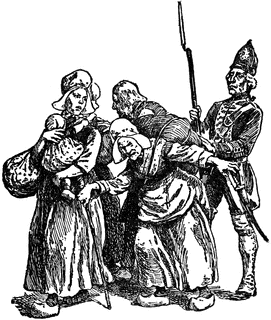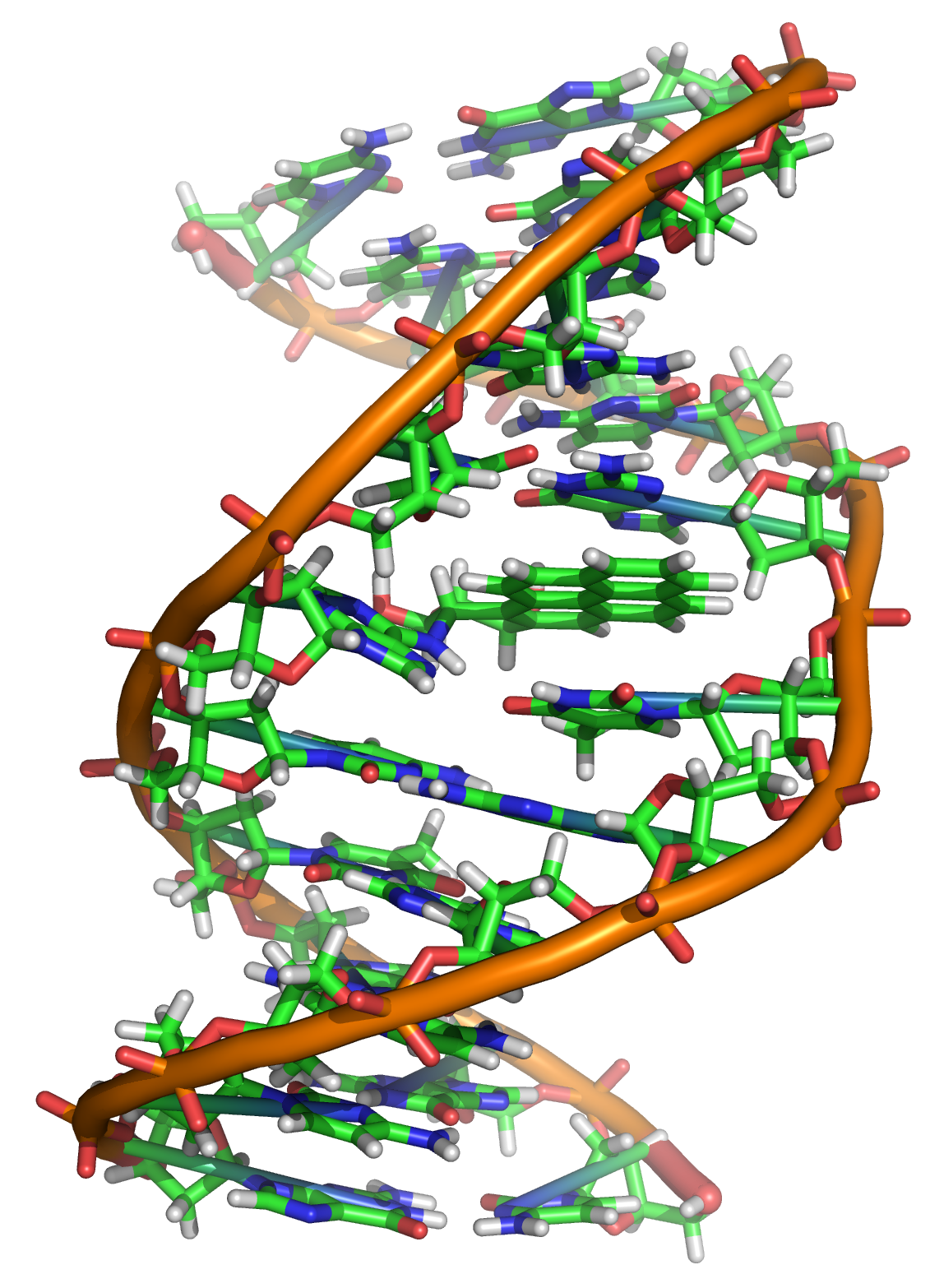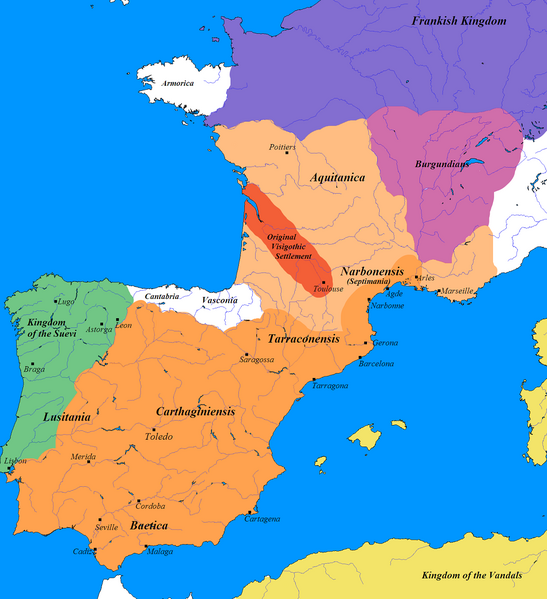It was a clear fall day in Port
Royal, L’Acadie (now Annapolis Royal, Nova Scotia) when Anne Doucet age five ,
my 5th great grandmother, stood on the deck of the ship that would
take her, her parents Jean Doucet and Anne Bourg and her two younger siblings
Joseph three and Jean Baptiste less than one year old, away from all that was
dear and familiar to them. Did she stand tall straining to see over the rail as
their world went up in smoke? Did she tearfully cling to her mother’s skirts as
her parents held her younger siblings? Little did she know that day what more
changes would come in her young life. Oddly enough if her family had not been exiled she probably would never
have met her future husband Charles Dupuis, age 9, who was being deported from Grand Pre the
same year. Exiles they would be brought together by fate in the British colony of Connecticut. There they would exchange wedding vows about 8 years
from now.
They were civilians caught up in
Le Grand Derangement – the Great Expulsion of neutral Acadians during what is
called in North America, the French and Indian War and in Europe, the Seven
Years War. They had lived under British rule since before Anne and her parents
were born. (See my blog Acadian Expulsion I for explanation of the reasons for
the expulsion and the story of Charles and his 10 siblings)
The British victory in the battle on the Plains of Abraham, near Quebec
City, in 1759 and the treaty of 1763
gave the refugees from L’Acadie another hard choice. There was little
possibility of returning to their farms confiscated and given to British
settlers. A few stayed in the colony to which they had been deported but most
sought to find more culturally congenial places to live. Those deported to
England where conditions were harsh asked to be sent to France. There was a
promise of land but the French King failed them and most left again to immigrate
to a new territory. Louisiana had passed from French to Spanish rule by 1762
and the Spanish were welcoming to new settlers especially Catholics. The first
Acadians arrived in Louisiana in April 1764 and a flood would follow them as
news got back about the area. Some who went to the Caribbean to the island of
Dominique, French territory eventually wound up in Louisiana.
Charles and Anne exchanged their
wedding vows privately before two witnesses around July of 1768 in Connecticut, since there was no priest present to
witness their marriage. Perhaps they were already preparing to go back
together to Canada. Daughter Marie Anne would be the only of their 11 children born in Connecticut. Nine months later, in the parish church of Laprairie in the
Richelieu valley south of Montreal, they renewed those vows in April 1769.
Charles was the only one of his siblings who would return to Canada – perhaps
because of his marriage to Anne as most of the Herberts would return to
this area as well as her mother and step-father Joseph Herbert and her half
siblings. Only Anne’s brother Joseph appears to have decided to follow other
Acadians south, perhaps via the Isle of Dominique to finally settle in
Louisiana. In 1772 at age 20 he marries Anne Landry, a fellow Acadian, in St. Martinsville, Louisiana and they
settle and raise a family in Opelousas where he dies in 1803. Jean Baptiste disappears from the records and
may have died during the expulsion or while in Connecticut. In a list of Connecticut
residents in 1763 Joseph Herbert and second wife Anne Bourg are listed with
nine children only, Jean Baptiste would have made 10 if he was still alive.
Anne Doucet’s family now merged with that of Joseph Herbert decided to return to French speaking lower Canada (now under British rule) and settle in the Richelieu valley and join her daughter and her husband. There was no hope of returning to L'Acadie and reclaiming confiscated lands. They probably were homesick for their own language, customs and religious tradition. They arrived in 1774 when her mother’s 1762 second marriage in Connecticut was blessed in the church of Laprairie. They brought five small children born in Connecticut between 1763 and 1773 which may account for their longer stay in Connecticut. Did tensions between the American and their British rulers influence their move?Joseph died six years after they had their marriage blessed and recorded in the parish records. Members of Joseph’s family including his father had settled in Laprairie area after 1763.
Charles Dupuis and Anne Doucet would have 10 more children in Lacadie and in Laprairie where they moved in the 1780's. Anne died 10 days after giving birth to their youngest child in 1790 and Charles in 1798. Both are buried in Lacadie. They never saw Salome their granddaughter my 2nd great grandmother born there to their son Antoine and his wife Josephte Montminy in 1822.
Anne Doucet’s family now merged with that of Joseph Herbert decided to return to French speaking lower Canada (now under British rule) and settle in the Richelieu valley and join her daughter and her husband. There was no hope of returning to L'Acadie and reclaiming confiscated lands. They probably were homesick for their own language, customs and religious tradition. They arrived in 1774 when her mother’s 1762 second marriage in Connecticut was blessed in the church of Laprairie. They brought five small children born in Connecticut between 1763 and 1773 which may account for their longer stay in Connecticut. Did tensions between the American and their British rulers influence their move?Joseph died six years after they had their marriage blessed and recorded in the parish records. Members of Joseph’s family including his father had settled in Laprairie area after 1763.
Charles Dupuis and Anne Doucet would have 10 more children in Lacadie and in Laprairie where they moved in the 1780's. Anne died 10 days after giving birth to their youngest child in 1790 and Charles in 1798. Both are buried in Lacadie. They never saw Salome their granddaughter my 2nd great grandmother born there to their son Antoine and his wife Josephte Montminy in 1822.














